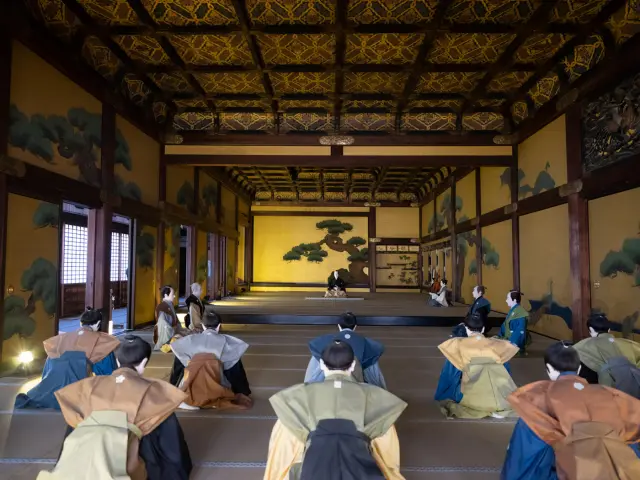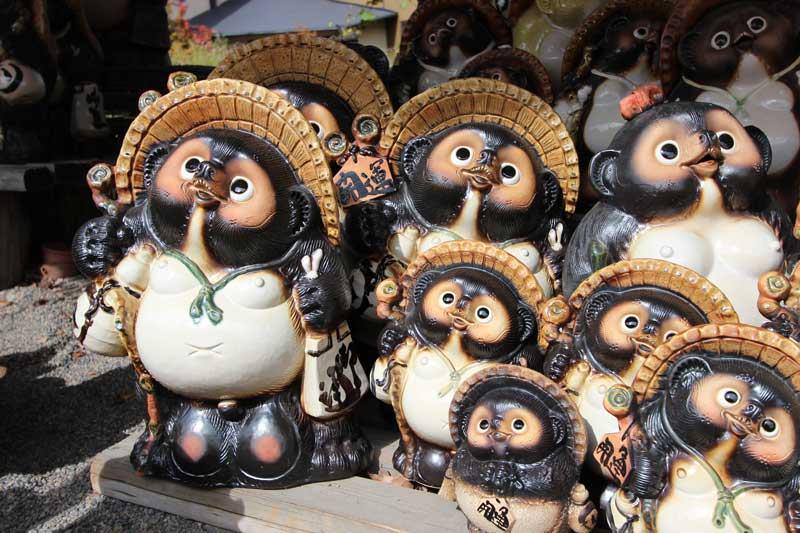
Five World-Class Traditional Japanese Crafts from the Kansai Region
Last update
Traditional Japanese crafts are distinguished by their superior craftsmanship, made with techniques passed down and honed through generations; and feature a warmth that can only be found in hand-made products. This article introduces five outstanding traditional crafts that the Kansai Region is known for, including lacquerware, ceramics, textiles, and knives.
What Are Traditional Japanese Crafts?
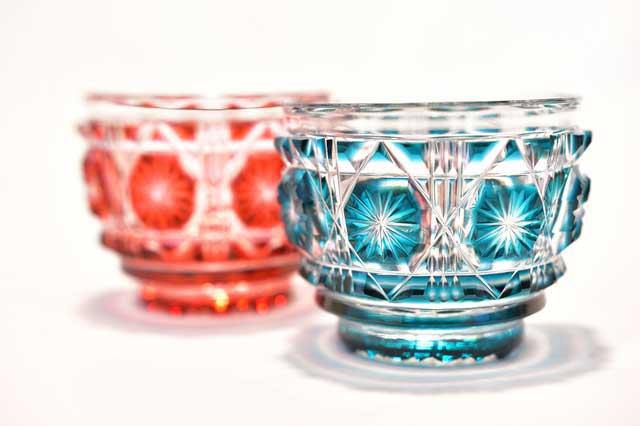
The term "traditional Japanese craft" refers to products that are intended for everyday use and are mostly handmade using traditional technology and techniques dating back 100 years or more. As such, they are made with materials that have existed for many years and are usually considered to be specialty products of the regions they are made in. Some famous examples include "Edo kiriko" cut glass from Tokyo and "Nambu ironware" from Iwate Prefecture. As of 2019, there were 235 traditional crafts as designated by the Japanese government, about 20% of which come from the Kansai Region. Here is an introduction to some traditional crafts that the Kansai Region is known worldwide for. Be sure to check them out.
1. Echizen Lacquerware (Fukui Prefecture)
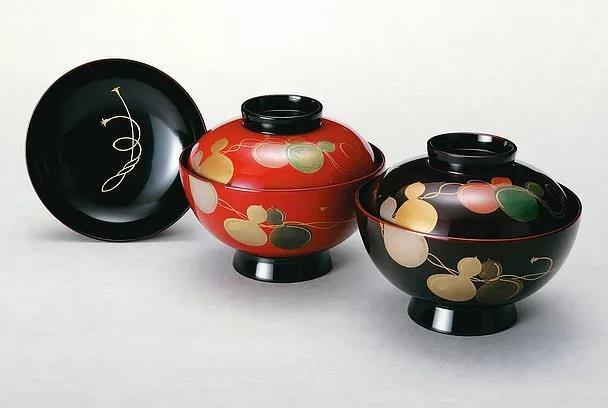
Echizen lacquerware is a traditional craft that has been made in Sabae City in Fukui Prefecture for more than 1,500 years. The appeal of Echizen lacquerware is that its products have a gorgeous yet refined decorative quality while maintaining a sturdiness for everyday use. At Urushi-no-Sato Kaikan (Echizen Lacquerware Traditional Industry Hall) in Sabae City, visitors can enjoy exhibits of outstanding Echizen lacquerware products, see demonstrations of them being made, and even try decorating lacquerware pieces themselves. For a great souvenir, we recommend the "Shijimaribashi Meoto" set of two pairs of chopsticks (3,200 JPY (excl. tax)).
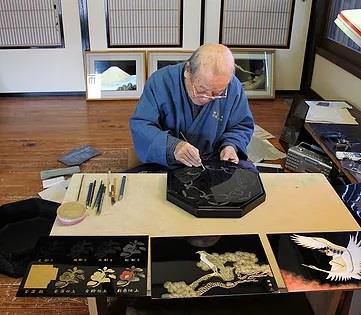
【Facility name】 Urushi-no-Sato Kaikan (Echizen Lacquerware Traditional Industry Hall)
【Opening hours】 9:00 am - 5:00 pm
【Days Closed】 Fourth Tuesday of the month (next day if it is a National Holiday), December 29th - January 3rd
【Price】 Free
【URL】 Echizen Lacquerware Cooperative Official Homepage
【Address】 40-1-2, Nishibukuro-cho, Sabae-shi, Fukui
【Google Map URL】 GoogleMap
2. Shigaraki Ware (Shiga Prefecture)

Shigaraki ware, produced around Shigaraki-cho in Koka City, Shiga Prefecture; has a particularly long history among the many traditional ceramics that Japan is known for. There is a wide range of this simple, rustic pottery available, including tableware and vases, but the tanuki (racoon dog) figurines are especially famous. The Shigaraki Ceramic Cultural Park in Koka City has a museum and Shigaraki ware shop and also offers a wide range of fun experiences!
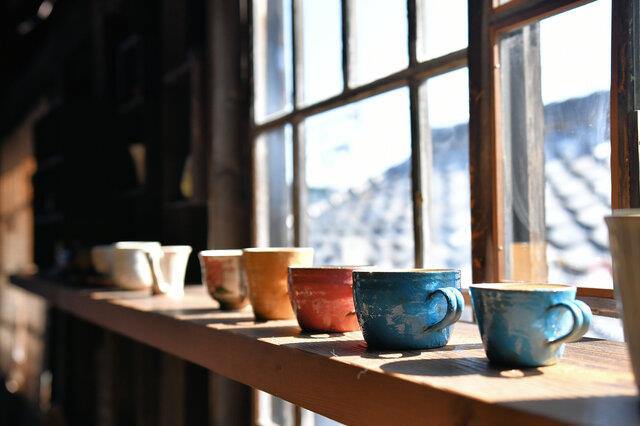
【Facility name】 Shigaraki Ceramic Cultural Park
【Opening hours】 9:30 am - 5:00 pm (Last entry to the museum and Shigaraki Industrial Hall at 4:30 pm)
【Days Closed】 Monday (next day if Monday is a National Holiday), New Year Holiday (museum is closed when exhibitions are changed and during the winter)
【Price】 Free (varying admission fees for exhibitions in the museum)
【URL】
Shigaraki Ceramic Cultural Park Official Homepage
KANSAI Tourism Bureau Homepage
【Address】 2188-7, Chokushi, Shigaraki-cho, Koka-shi, Shiga
【Google Map URL】 GoogleMap
3. Nishijin Textile (Kyoto)
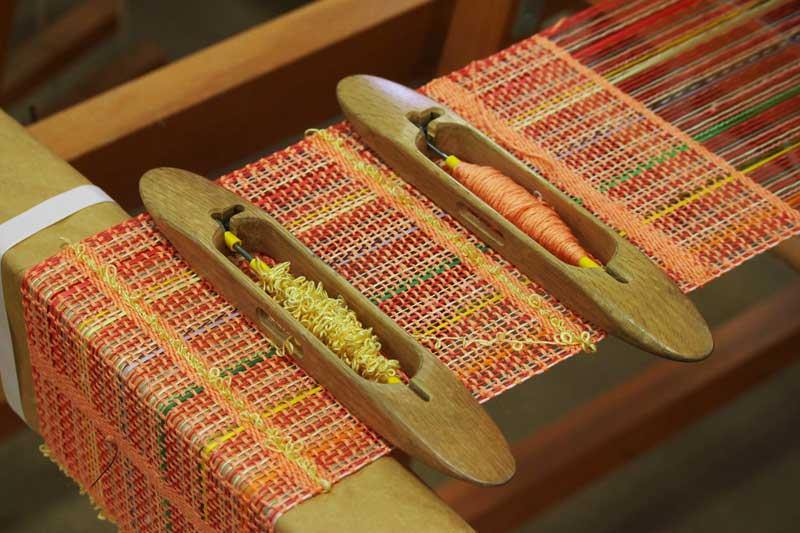
Nishijin textile refers to jacquard textile from the Nishijin area of northwestern Kyoto City that is woven with thread that is dyed before weaving. It is one of Japan's most famous textiles with a history going back over 1,000 years, and is known for its luxurious and gorgeous finish. At the Nishijin Textile Center in Kyoto City, there are workshops where you can make your own textile, such as the Handweaving Experience (making a table center) and Scarf Making Experience (making a Nishijin scarf). The Nishijin Textile kimono show held at the center is also a must see.
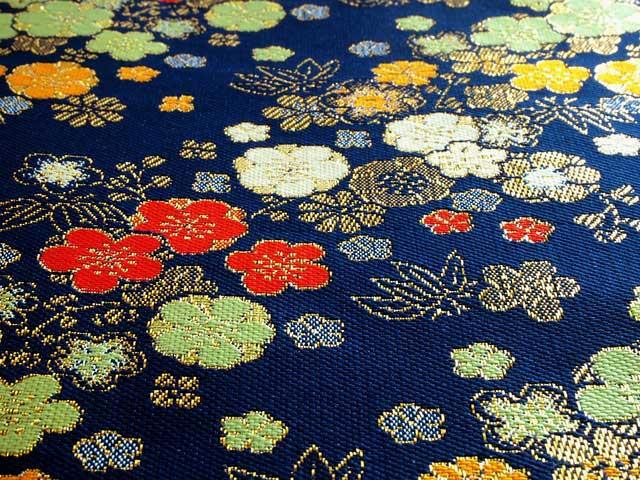
【Facility name】 Nishijin Textile Center
【Opening hours】 10:00 am - 5:00 pm
【Days Closed】 Mondays (the next day if Monday is a National Holiday), December 29th - January 3rd
【Price】 Free
【URL】
Nishijin Textile Industry Association Official Homepage
KANSAI Tourism Bureau Homepage
【Address】 Horikawa-dori, Imadegawa, Minami-iru, Nishi-gawa, Kamigyo-ku, Kyoto-shi, Kyoto
【Google Map URL】 GoogleMap
4. Sakai Knives (Osaka)
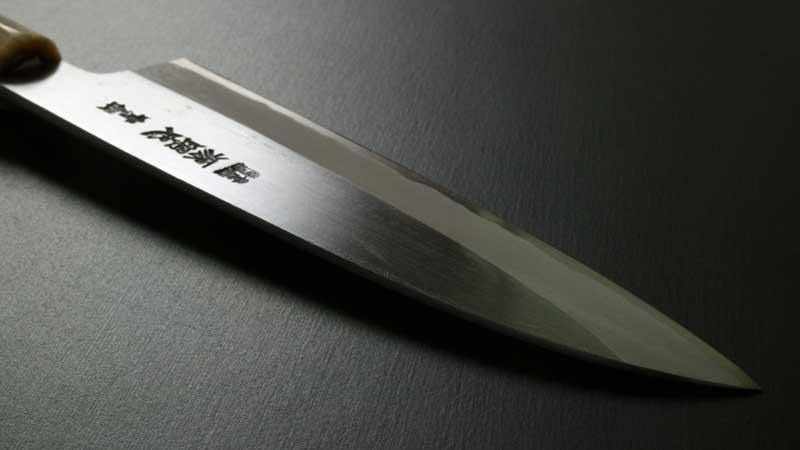
Sakai knives, which are made with blades that have their roots in the production techniques of Japanese swords, are outstanding products cherished by Japan's top chefs. Their sharpness and ease of use also makes them welcome gifts. Sakai City Traditional Crafts Museum not only has Sakai knives available for purchase, but there are also knife-sharpening workshops led by Sakai knives Craftsmen.
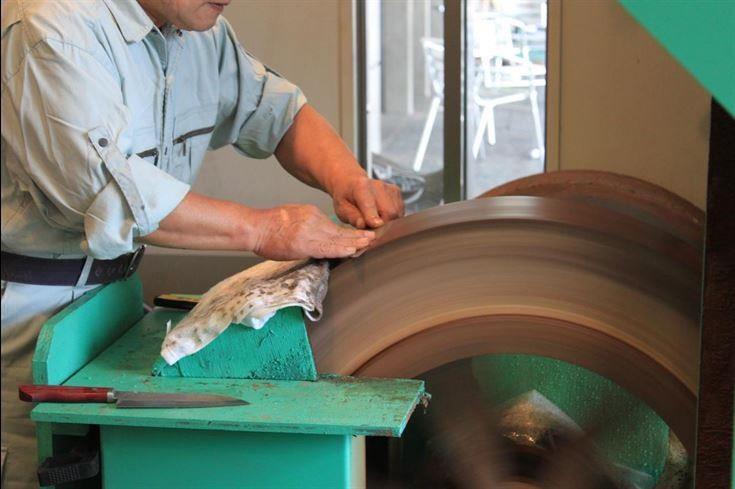
【Facility name】 Sakai City Traditional Crafts Museum
【Opening hours】 10:00 am - 5:00 pm
【Days Closed】 December 29th - January 3rd (may be other unscheduled closures)
【Price】 Free
【URL】
Official Homepage
KANSAI Tourism Bureau Homepage
【Address】 1-1-30, Zaimoku-cho Nishi, Sakai-ku, Sakai-shi, Osaka
【Google Map URL】 GoogleMap
5. Toyooka Wicker Crafts (Hyogo Prefecture)
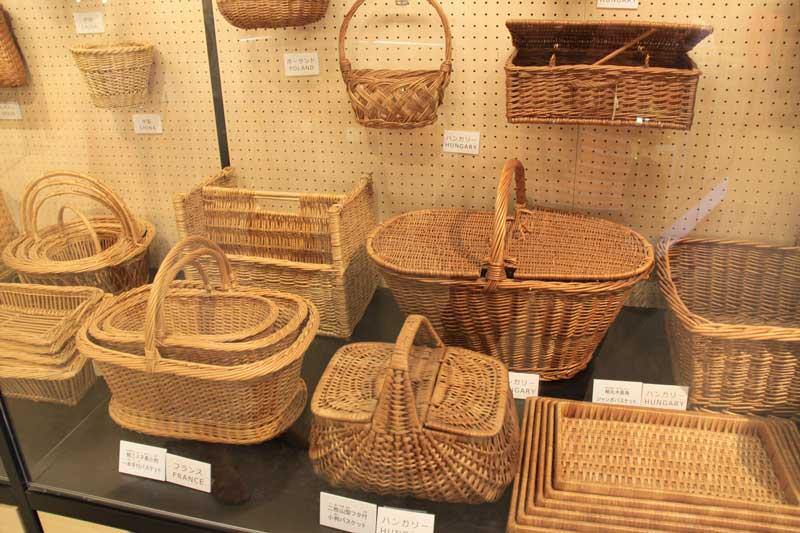
Toyooka wicker crafts are made with Salix koriyanagi, a species of willow that grow in Hyogo Prefecture. Toyooka wicker craft bags, which have a modern Japanese style, are highly sought-after items that are a favorite of the Imperial Family. Go to Genbundo Museum if you want to experience making traditional Toyooka wicker craft. Here, you can make a basket or coaster as a one-of-a-kind souvenir. Additionally, handmade wicker bags can be purchased for about 20,000 JPY.
【Facility name】 Genbudo Museum
【Opening hours】 9:00 am - 5:00 pm
【Days Closed】 Irregular
【Price】 Adults (age 13 an up): 800 JPY, Children (ages 6-12): 400 JPY, Small children (ages 4-6): 300 JPY
【URL】 Genbudo Museum Official Homepage
【Address】 1362, Akaishi, Toyooka-shi, Hyogo
【Google Map URL】 GoogleMap
There are many more local traditional crafts in the Kansai Region in addition to the ones introduced here. During your travels though Kansai, keep an eye out for crafts that have been handed down over the ages!
Check also...

🥷 Walk in the Footsteps of Real Ninja: Discover Koka’s Hidden Legacy
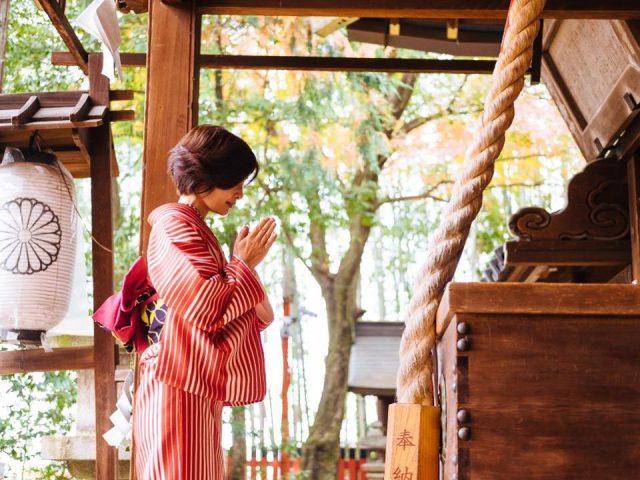
The Basics of Shrine Visiting! Must-Know Information and Some Recommended Shrines in Japan

Consider your accommodation in the Kansai area!

Restrictions on Large Baggage

Hidden Stories in Stone: Exploring Japan’s Castle Walls

Feel Like a Lord: Castle with Stunning Panorama Views

Experience the True Essence of Japan through Castles, Cultural Treasures, and Timeless Gardens
